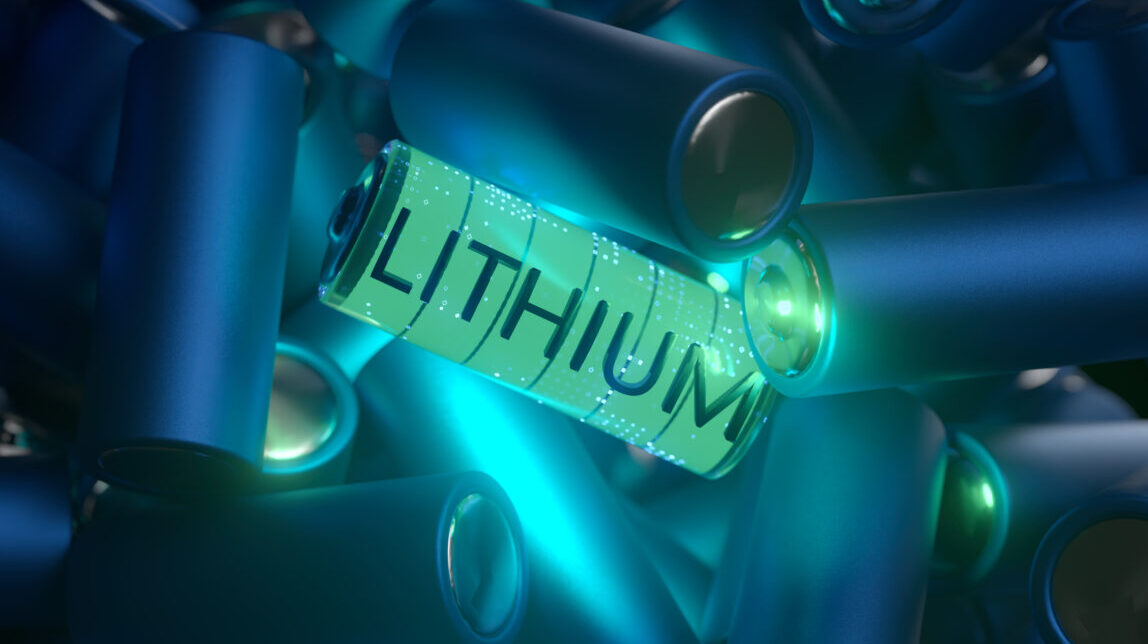Monsters of Rock: Are we fit to build domestic lithium processing in Australia … and Sayona’s rough quarter

Pic: Just_Super/iStock via Getty Images
- Cosmos nickel closure captured the early headlines, but concerns for Australia’s downstream lithium processing are still alive in IGO quarterly
- New IGO boss Ivan Vella acknowledged its refining JV with Tianqi has underperformed, but says capital is being invested to bring it up to scratch
- International lithium miners post rough results with Sayona down and Ganfeng issuing profit warning
The Federal and WA Government have long trumpeted their desire to break the shackles of the ‘dig it and ship it’ mentality baked into our iron ore and coal industries, which export hundreds of millions of tonnes to be processed on the other side of the world.
In the lithium industry, with Australia’s dominant position as a supplier of choice, the feeling was that opportunity had arrived.
There are currently three lithium hydroxide plants in various stages of completion in an industrial belt to the south of Perth. But making them behave like the plants that have popped up in China like Pokemon in dense grass seems to be a struggle.
Already Mineral Resources (ASX:MIN) boss Chris Ellison — who toll treats material overseas — has said lithium refineries will not be cost effective in WA without government backing.
Pilbara Minerals (ASX:PLS) has partnered in Korea with POSCO on its first downstream JV and thinks midstream processing to an as yet untried lithium salt concept is a better bet onshore.
Two of the three sites near Perth are relatively opaque, stuffed within the larger businesses of global majors and conglomerates Albemarle, SQM and Wesfarmers (ASX:WES).
But one – IGO’s (ASX:IGO) Kwinana JV with China’s Tianqi – is continuing to struggle. By 2024-25, Canberra’s forecasters think we’ll be exporting 89,000t of lithium hydroxide per annum, pulling in $3.85 billion in export earnings.
Fat chance of that happening if they all ramp up like Kwinana.
Supplied from IGO and Tianqi’s share of spodumene offtake from the Greenbushes mine (which largely supplies Tianqi and Albemarle’s processing facilities overseas), Kwinana hit commercial production in late 2022.
Since then its ramp up profile has continued to lag forecasts … by a lot.
Tianqi and IGO had intended to hit a runrate of 50% of the refinery’s first train’s 24,000tpa nameplate capacity by the end of 2023. It operated at above 40% on several days, only briefly hitting a peak of 44% on one day.
Production rose just 2% in the past quarter to 617t, while market conditions have deteriorated to the point that – while qualified – 3076t of inventory is sitting unsold at Kwinana, expected to travel to customers ‘in the coming quarters’.
Will IGO cut its losses?
While the (expected) transition to care and maintenance of its Cosmos nickel project by May 31 caught the early headlines, and a production downgrade at Greenbushes was already flagged earlier this week, new IGO MD Ivan Vella faced plenty of questions about its struggles at Kwinana, which lost almost $170m in the quarter.
Asked by one analyst today whether the ramp up issues may be bad enough to make the JV partners down tools, Vella said they remained committed to working through them.
“There’s been a lot of targets set that the team, we haven’t been able to hit. What I’m eager to do is work through with the team at Kwinana to understand a bottom up plan,” he said.
“They are making progress. The issue is our forecasting is still not at a level where we can rely on it and understanding why and what’s driving that is very important before we can stand back and say this is what a clear ramp up plan is.
“What I will say though, is from what I’ve seen and the conversations with Tianqi, they’ve got deep capability in this space. I saw it firsthand in China.
“The commitment and dedication from from both sides is strong, and we need to continue to support the team at Kwinana to work through the plan they’ve got. I’ve seen the capital items they have scheduled this year and how that will make a change through the refinery.”
Vella denied Tianqi was not motivated to sell material in which it was not a 100% owner.
“The first issue is of course with new lithium hydroxide, you have to be qualified with your customers. And that’s still a work in progress as they’ve come online,” he said.
“What I think is important to note is the majority of that production has been battery grade, which is really important. So we’ve got the quality.
“They’ve got a stockpile there and so as they go through that process of engaging the market and finding the customers that we want to build the right sort of long term connection with to get full value for that product, then we can start to place it.”
IGO shares fell 1.7% as of 3.15pm AEDT, which came as it revealed it ate a $96m cash outflow in the December quarter, with the Greenbushes mine JV deciding to pause dividends to its JV partners amid weak lithium prices and investments on a third chemical grade processing plant to increase capacity to ~2.1Mtpa.
Internationals also feeling the brunt
Overseas it was a similar story, with Chinese lithium giant Ganfeng reporting a profit warning indicating its non-recurring profit would be down some 82.96-88.47% for 2023.
It named three key factors, including the cyclical fall in lithium salt (chemical) prices, lag between spodumene and chemical prices which hurt upstream costs for converters and asset impairments.
Ganfeng notably found itself on the wrong side of government policy in Mexico, where the nationalisation of lithium assets saw the Chinese miner have concessions at its Sonora project revoked.
On the ASX there are growing concerns at Sayona Mining (ASX:SYA), Canada’s only active lithium producer.
It announced a handful of redundancies as part of a strategic review at its North American Lithium operation last week, with the review expected to be completed by the end of the quarter.
Its shares fell a further ~7% today, down 85% for the year, after SYA revealed that its average realised selling price in the December quarter tumbled 52% to $946/dmt (Aussie), with costs up 14% to $1397/dmt.
Very basic maths, but when the latter number is below the former it’s generally not good. In polite terms, an operation with those metrics is typically described as “marginal”.
That saw revenue fall 76% to $23m despite a 9% lift in 5.5% Li2O concentrate production to 34,237dmt. Sales fell by half to 23,942dmt.
Sayona says it’s improved its operational performance. Mill utilisation at NAL, rescued from mothballs by Sayona and JV partner Piedmont a couple years back, was up 3% to 75% and recoveries rose 4% to 62%.
A crushed ore dome has been progressed and tailings facility is basically done, though other major capital is under review.
Cash sat at $158m at the end of the year, down from $232.8m at the start of the December quarter.
Unused finance facilities on top of that cash buffer mean it still has an estimated 9.5 quarters of funding available, but Sayona is certainly one to watch to get a sense of how the lithium sector will shake out in the current downturn.

UNLOCK INSIGHTS
Discover the untold stories of emerging ASX stocks.
Daily news and expert analysis, it's free to subscribe.
By proceeding, you confirm you understand that we handle personal information in accordance with our Privacy Policy.








